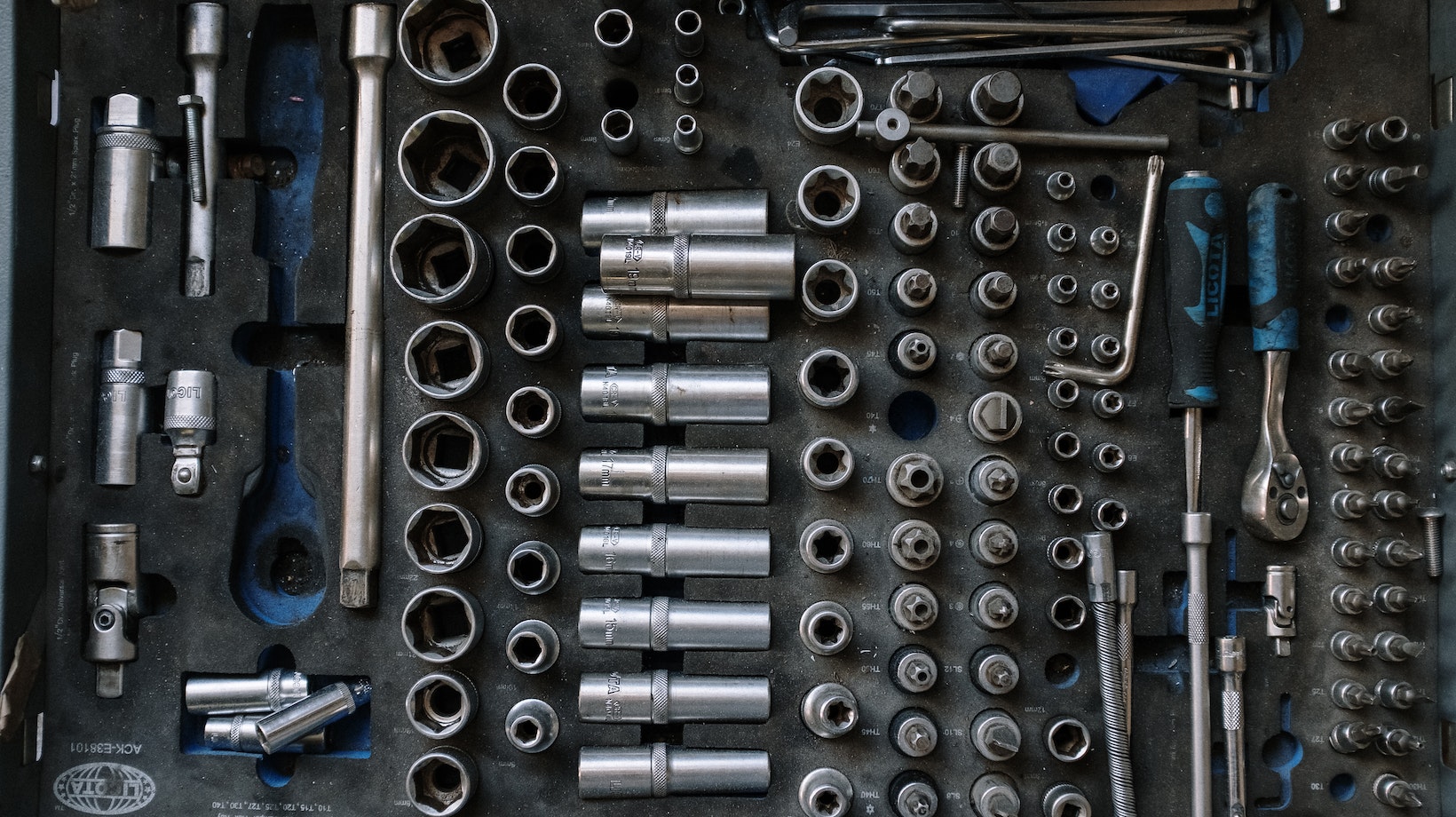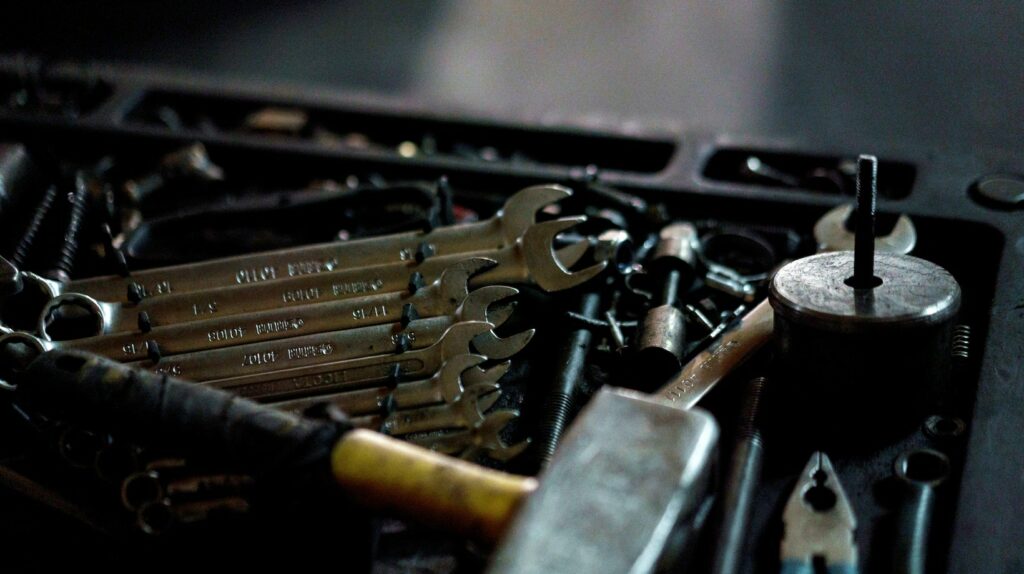Curious about how to make a vacuum? Well, you’re in the right place! In this article, I’ll guide you through the process of creating your very own vacuum cleaner. Making a vacuum may sound complex, but with the right knowledge and tools, it can be a rewarding DIY project.
With some dedication and patience, crafting your own vacuum can be both educational and fulfilling. So roll up those sleeves and get ready to embark on a DIY adventure in creating your very own cleaning companion!
Contents
Table of Contents
ToggleChoosing the Right Materials
When it comes to making a vacuum, selecting the right materials is crucial for ensuring its functionality and durability. In this section, we’ll delve into two key aspects of material selection: plastic and metal.
Selecting the Appropriate Plastic Material
One common plastic used in vacuums is polypropylene (PP). PP offers excellent durability and resistance to chemicals, making it suitable for various components like canisters or dust collection chambers. Another popular choice is acrylonitrile butadiene styrene (ABS), known for its impact resistance and ability to withstand high temperatures.
Additionally, considering the environmental impact is essential nowadays. Opting for recyclable or biodegradable plastics can contribute positively toward sustainability efforts.

How to Make a Vacuum
While plastic may be prominent in vacuum construction, certain parts require sturdy metals that offer strength and stability. The choice of metal will depend on specific requirements such as weight-bearing capacity or heat dissipation.
For structural components like handles or motor housings, aluminum is often preferred due to its lightweight yet durable properties. Stainless steel also finds application in areas where corrosion resistance is crucial, like in contact with liquids or damp environments.
Moreover, brass or copper alloys are commonly employed in electrical connections within vacuums due to their excellent conductivity properties.
Remember that finding a balance between performance requirements, budget constraints, and environmental considerations will ultimately guide your decision-making process when choosing the appropriate materials for your vacuum.
Understanding Vacuum Mechanics
When it comes to how to make a vacuum, it’s important to have a solid understanding of the underlying mechanics. In this section, I’ll delve into the key concepts that drive the functionality of a vacuum cleaner.
- Air Pressure and Suction Power: At the heart of any vacuum is the principle of air pressure and suction power. A vacuum works by creating an area of low pressure inside its chamber, which causes air from outside to rush in and fill the void. This influx of air creates suction that pulls in dirt, dust, and debris.
- The Role of a Fan or Blower: To generate this low-pressure environment, vacuums use either a fan or blower mechanism. These components rapidly rotate or spin, forcing air outwards and creating a decrease in pressure within the vacuum’s chamber. This drop in pressure allows for effective suction and debris collection.
- Filtration Systems: Another crucial aspect of vacuum mechanics is filtration systems. As air is drawn into the vacuum cleaner, it passes through various filters designed to trap particles before they can be released back into the surrounding environment. These filters can range from simple mesh screens to more advanced HEPA filters capable of capturing even microscopic allergens.
- Motor Power: The motor plays a vital role in determining the performance of a vacuum cleaner. A more powerful motor translates into higher suction power and better cleaning efficiency. Motors are typically electrically powered and provide the necessary energy to drive both airflow generation and brush rotation (in case of upright vacuums).
- Nozzle Design: The design of the nozzle also affects how effectively a vacuum can pick up dirt from different surfaces. Various attachments like brushes or crevice tools cater to specific cleaning needs such as carpets, hard floors, upholstery, or tight corners.
By understanding these fundamental concepts behind vacuum mechanics, you’ll be better equipped to make informed decisions when choosing or building your own vacuum cleaner. So, whether you’re a DIY enthusiast or simply curious about the inner workings of these cleaning appliances, this knowledge will give you a solid foundation to explore further.

